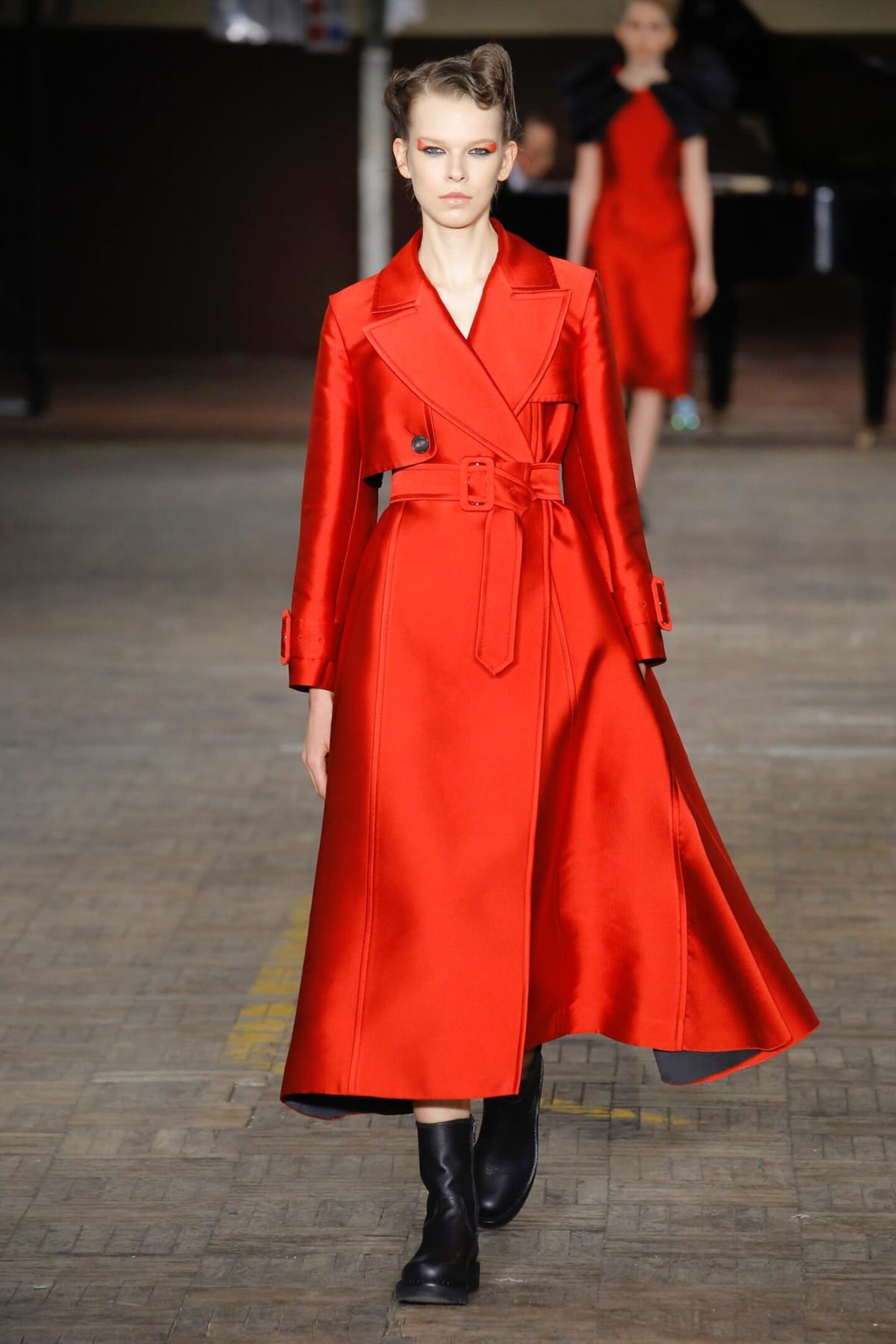
The Business of Fashion
Agenda-setting intelligence, analysis and advice for the global fashion community.

Agenda-setting intelligence, analysis and advice for the global fashion community.

MILAN, Italy — Not for the first time does it strike me that Antonio Marras is as much theatrical impresario as he is fashion designer. His new scenario followed a possibly mythical 18th century ancestor Jean Marras on a circuitous voyage from France to Constantinople to New York, with a stopover in Sardinia where he spent time with a beautiful local and gave birth to the bloodline that eventually produced Antonio. At least I think that's how the story went.
What it also produced was another of Marras’s spectacular combinations of theatre and fashion, the various stages of Jean’s voyage energetically enacted by a troupe of dancers, the clothes reflecting the varied fortunes of the travellers. Marras is an unsung hero in Milan, a man whose remarkably consistent vision continues to plumb the outer reaches of a gorgeous fashion arcana. Heaven only knows where the money is coming from to fund such extravagant, complex collections, but museum curators in the future will be grateful for the munificence.
Marras's signatures are distinct: collage, bricolage, black lace, tulle veils, dense embroidery, asymmetry, menswear and womenswear fused. The romance of history lies heavy on his designs, but what was made clear in his new collection was how he is able to insinuate contemporary elements into his work. Knee socks and bike boots anchored almost everything. Varsity jackets and sweatshirts were canvases for encrustations of fancy beading. There was a engaging wilfulness in the way a patch-worked, embroidered jacket, laboured over, would be belted with a piece of string. Galliano-esque.
And, like Galliano, it's Marras's slightly nutzoid inability to know when to stop that makes his collections such winners. A puffa jacket in crushed velvet? A black lace skirt dripping with pearls? The pantsuits with trousers as wide as Oxford bags? There was the ineluctable tug of fashion decadence in such outfits. In the beautiful little book Marras's wife Patrizia penned to go with the collection, the idea of saudade was raised. It's something that those born on islands, like Marras, feel when they leave: longing for what they left, what they lost.
From where aspirational customers are spending to Kering’s challenges and Richemont’s fashion revival, BoF’s editor-in-chief shares key takeaways from conversations with industry insiders in London, Milan and Paris.
BoF editor-at-large Tim Blanks and Imran Amed, BoF founder and editor-in-chief, look back at the key moments of fashion month, from Seán McGirr’s debut at Alexander McQueen to Chemena Kamali’s first collection for Chloé.
Anthony Vaccarello staged a surprise show to launch a collection of gorgeously languid men’s tailoring, writes Tim Blanks.
BoF’s editors pick the best shows of the Autumn/Winter 2024 season.